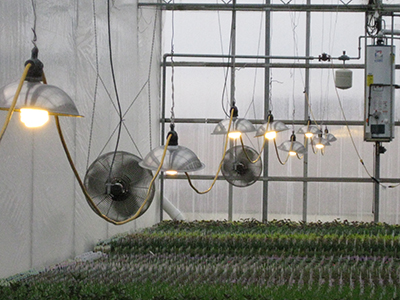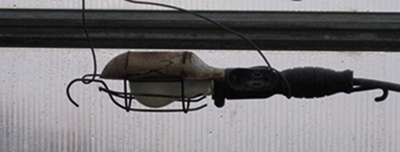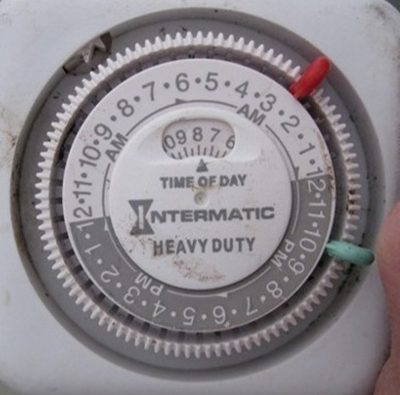Long Day Lighting Perennials In The Fall
Welcome Fall! I love this time of year, and I always look forward to the change of seasons. It is also a big transitional time in the greenhouse for perennials. As we officially mark the Fall equinox, days drop below 12 hours of daylight and many long-day perennials are responding by beginning to go dormant. This would include Asclepias, Echinacea, Perovskia, Phlox paniculata and many perennial grasses.
If you have your Spring 2022 perennial crop planted already, intending to overwinter, most of your "long day" perennials should already be bulked (i.e., strongly rooted and mature) and ready to go dormant naturally. If they are not matured to the point you would like them to be, you may need to light them to get some additional growth before going to bed.
Many times I have mentioned lighting perennials to struggling growers, only to be rebuffed with something like "I’m not set up for that." Well, allow me to retort ...
If you have electricity, you are set up for that. Actually, even if you don’t have electricity you could be set up for it. I have worked with some great electricity-free growers who have used lanterns.

What!?! That’s right. We’re not talking about grow lights. We’re talking about photoperiodic lights. The way I have always thought about it is just enough light to read a newspaper.
This is the same type of lighting you can use on your long day perennials in the Spring to force them into flower earlier. But in this case, we are using it to extend the growing season.
Long day lighting, sometimes referred to as night-interruption lighting, has been a common trick for perennials growers for a long time. To do this, you must first acquire all the materials you will need. This includes a light bulb, some sort of fixture to screw it into, a 24-hour timer and maybe an extension cord. All-together, about 20 bucks. Now for the hard part: Putting these together and finding an outlet to plug it into.
IT REALLY IS THAT EASY!


To get a little more specific:
• One 60W incandescent bulb or comparable compact florescent or LED bulb (LED Flowering Lamps can be used as well).
• A single light fixture, such as a trouble light or a string of bulb socket lighting.
• Hang this approximately 8-10 feet above the crop.
• Plug this into a timer and turn it on from 10p.m. until 2a.m.
Generally, one lightbulb is enough to illuminate about 100 square feet. For larger areas use about a 10 foot spacing for bulbs.
Again, it really is that easy. This, along with having these perennials in a heated greenhouse, will extend the growing and bulking season as needed. When you are satisfied with the additional maturity, go back to natural photoperiod and cooler temperatures. Allow your perennials to go dormant naturally, sucking all the energy out of the leaves into the roots and crowns, for the best Spring-time performance.
As I mentioned previously, this is the same type of lighting used to get long day perennials into flower early in the Spring. For more information, click HERE to read a GrowerTalks article I wrote on this subject.
For even more information on lighting and growing the BEST finished plants ever, including perennials, you may want to check out AmericanHort’s Finished Plant Conference coming up October 11-13 in Grand Rapids, Mich. There will be an elite group of speakers on-hand (including the Darwin Dynamic Duo of myself and Darren Barshaw) to share tips, tricks and decades of experience in growing premium quality finished containers. Check it out!